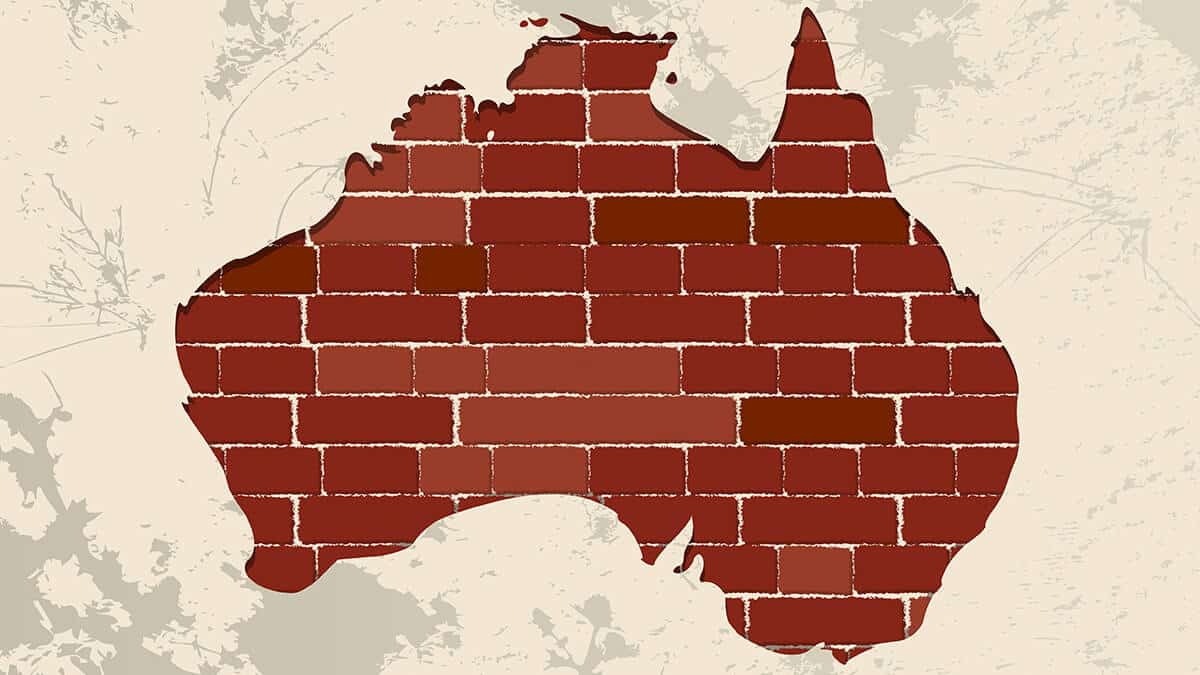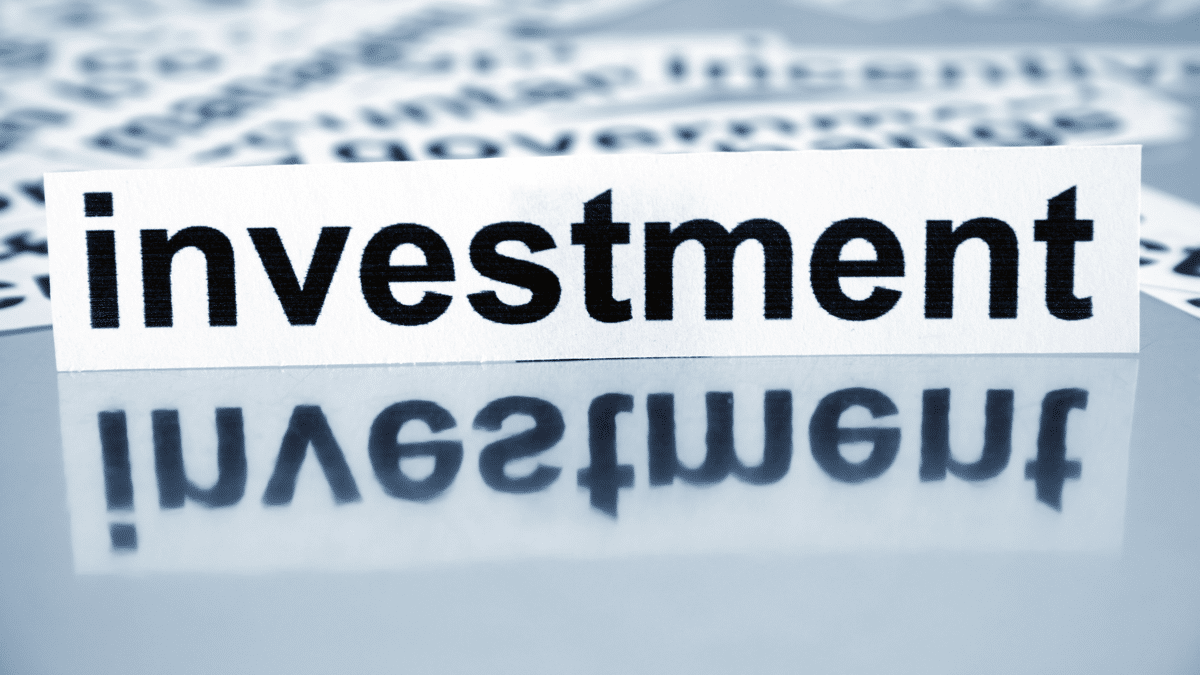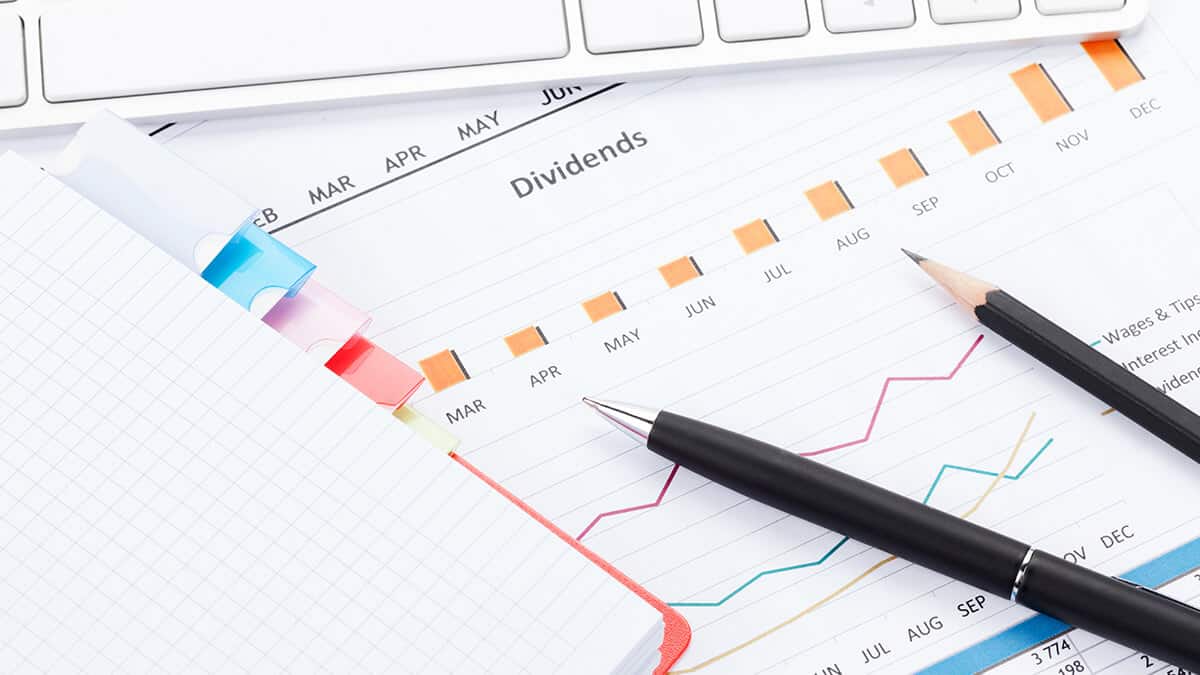In this guide
Well, that was a pleasant surprise! Against all expectations, 2023 delivered decent returns for patient investors.
Despite war in the Middle East and Ukraine, high inflation and interest rates, a cost-of-living crisis and fears of recession, shares and bonds rallied, Australian residential property keeps on keeping on, and yields on bank deposits are the best in years.
Super funds also bounced back, more than making up for their previous year’s losses.
Ratings group Chant West estimates the median growth fund gained close to 9% in calendar 2023, following the 4% decline in 2022. It’s an impressive result and, given the wall of worries the markets scaled over the course of the year, further vindication for the benefits of holding your nerve and focusing on long-term financial objectives.
What could possibly go wrong? More on that later.
As the table below shows, the good news was spread across all major asset classes. The biggest negative was oil prices, and even that’s good news for those of us still driving petrol vehicles.
Calendar year returns to 31 December (% change)
| 2022 | 2023 | |
|---|---|---|
| Shares | ||
| MSCI World Index (excl. Australia) | -19.7% | +16.2% |
| S&P 500 | -19.3% | +24.7% |
| ASX 200 | -5.5% | +7.84% |
| Interest rates/Bond yields | ||
| Cash rate | 3.1% | 4.35% |
| Australian 10-year bond yield | +2.4% | -0.08% |
| US 10-year bond yield | +2.4% | +0.04% |
| Currency | ||
| $A vs $US | -6.2% | 0.0% |
| Commodities | ||
| Iron Ore | -6.5% | +23.4% |
| Oil (Brent Crude) | +11.4% | -10.2% |
| Gold | -0.3% | +13.1% |
| Australian residential property | ||
| CoreLogic Home Value Index | -5.3% | +8.1% |
Sources: Trading Economics, CommSec, CoreLogic
The big picture
For the Australian economy, as with much of the developed world, 2023 was defined by the long shadow of rising interest rates and inflation.
Australia’s economy grew by just 2.1% in the year to September, well below inflation of 5.4%. Soaring mortgage rates, rising cost of living, falling real wages and higher taxes due to bracket creep, all took their toll on consumer spending and confidence. When adjusted for booming migration and population growth, the economy was in recession.

















